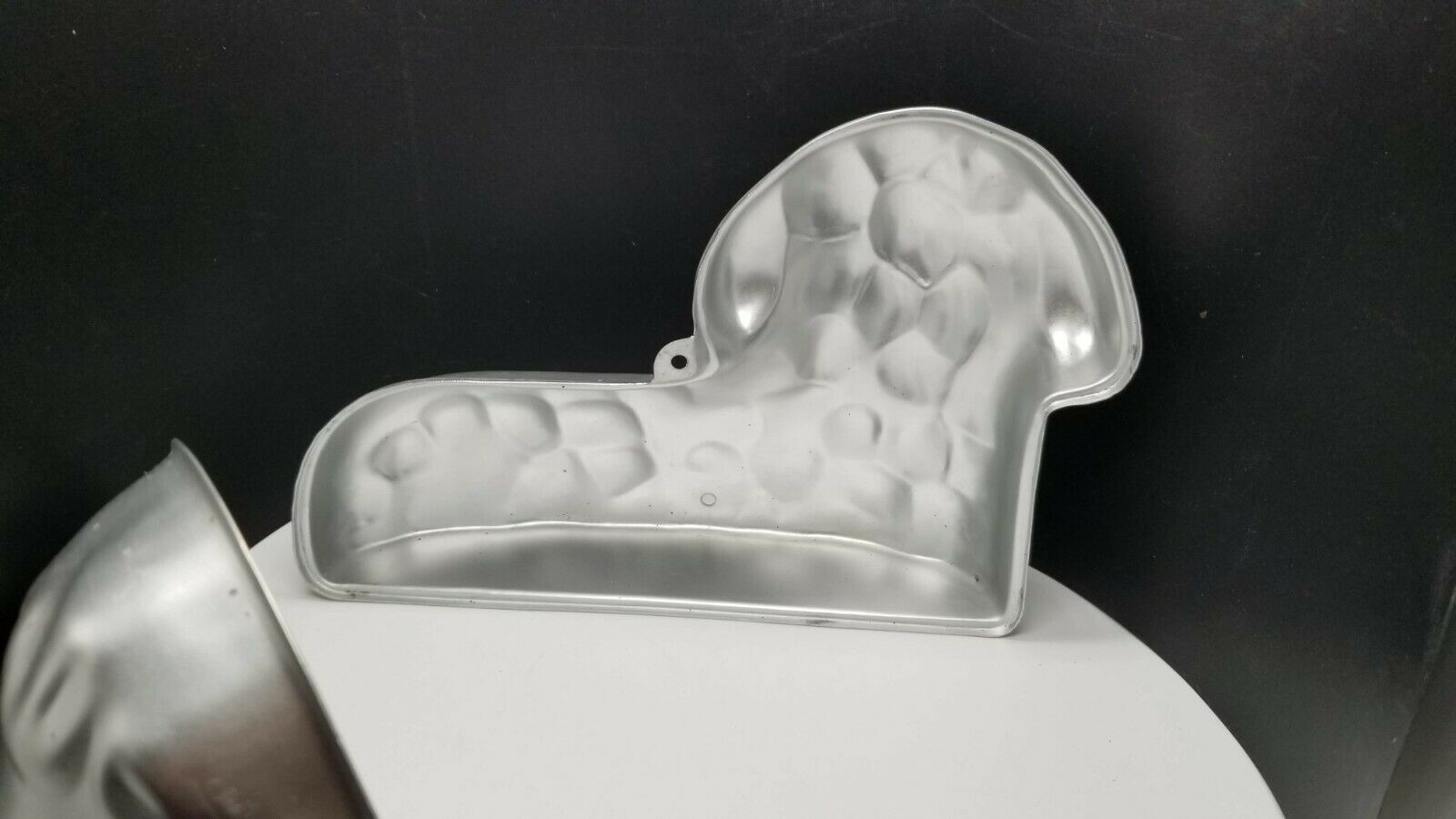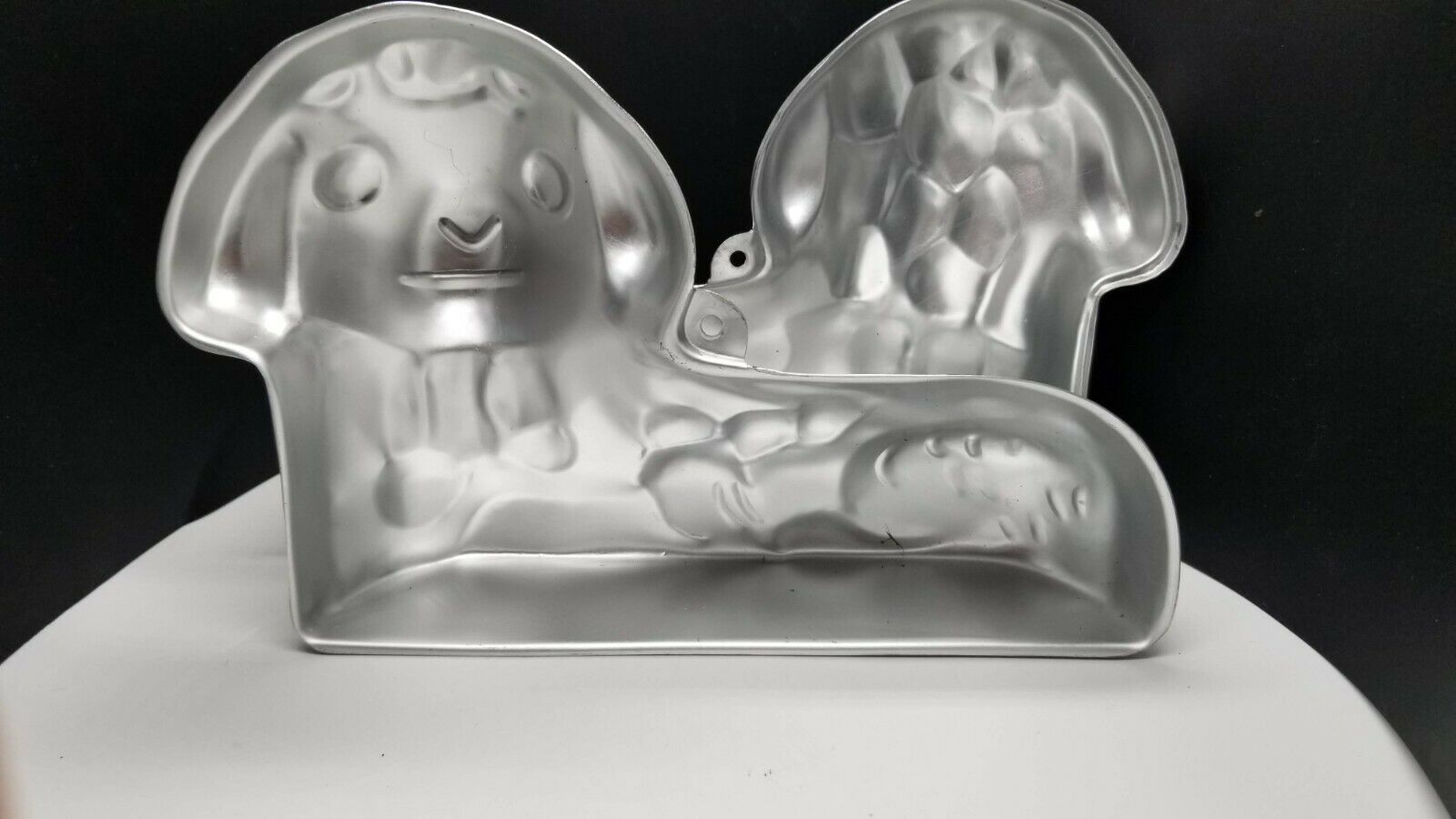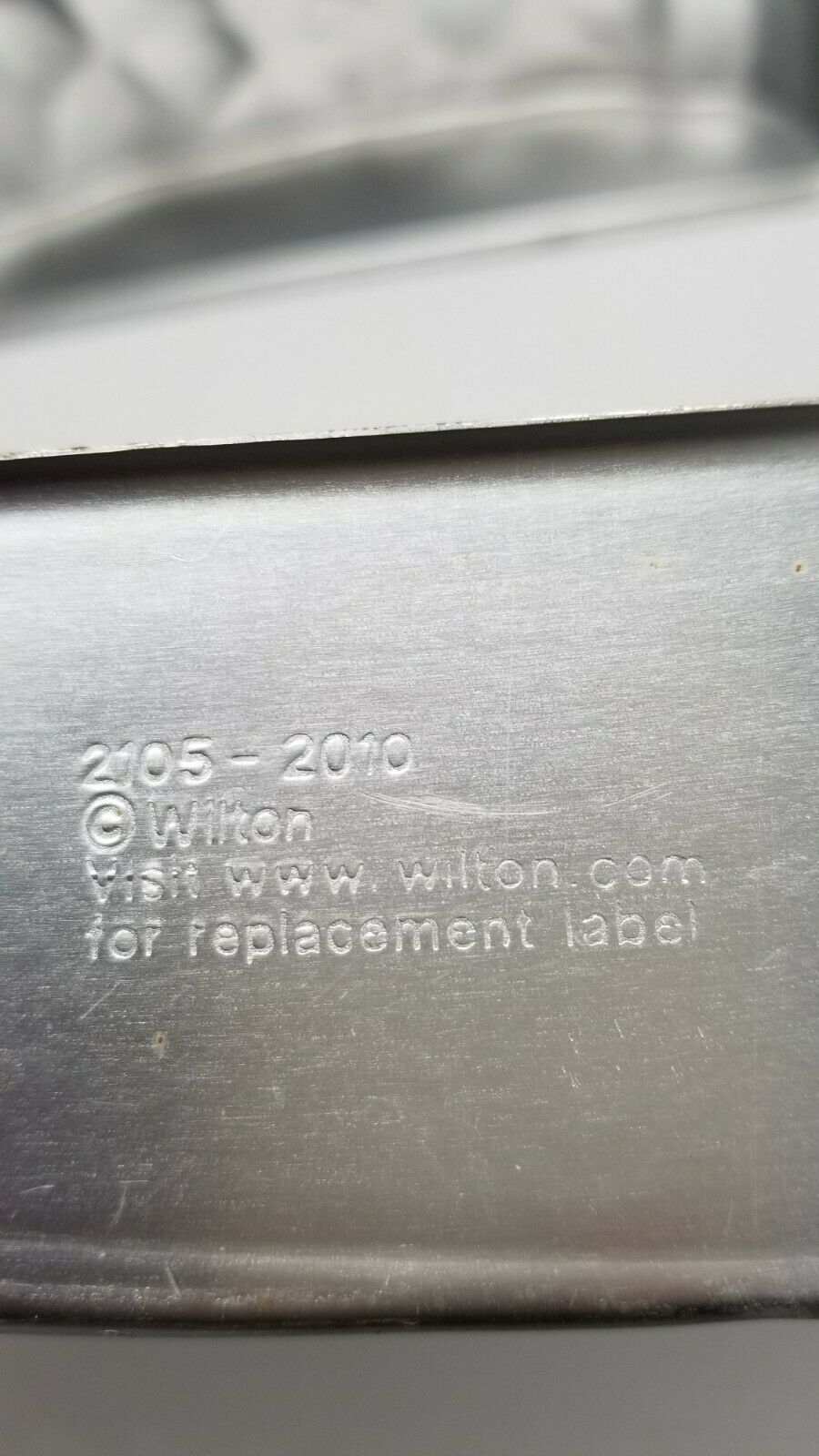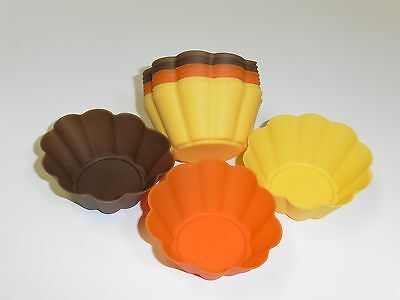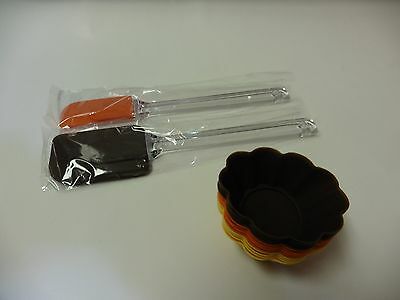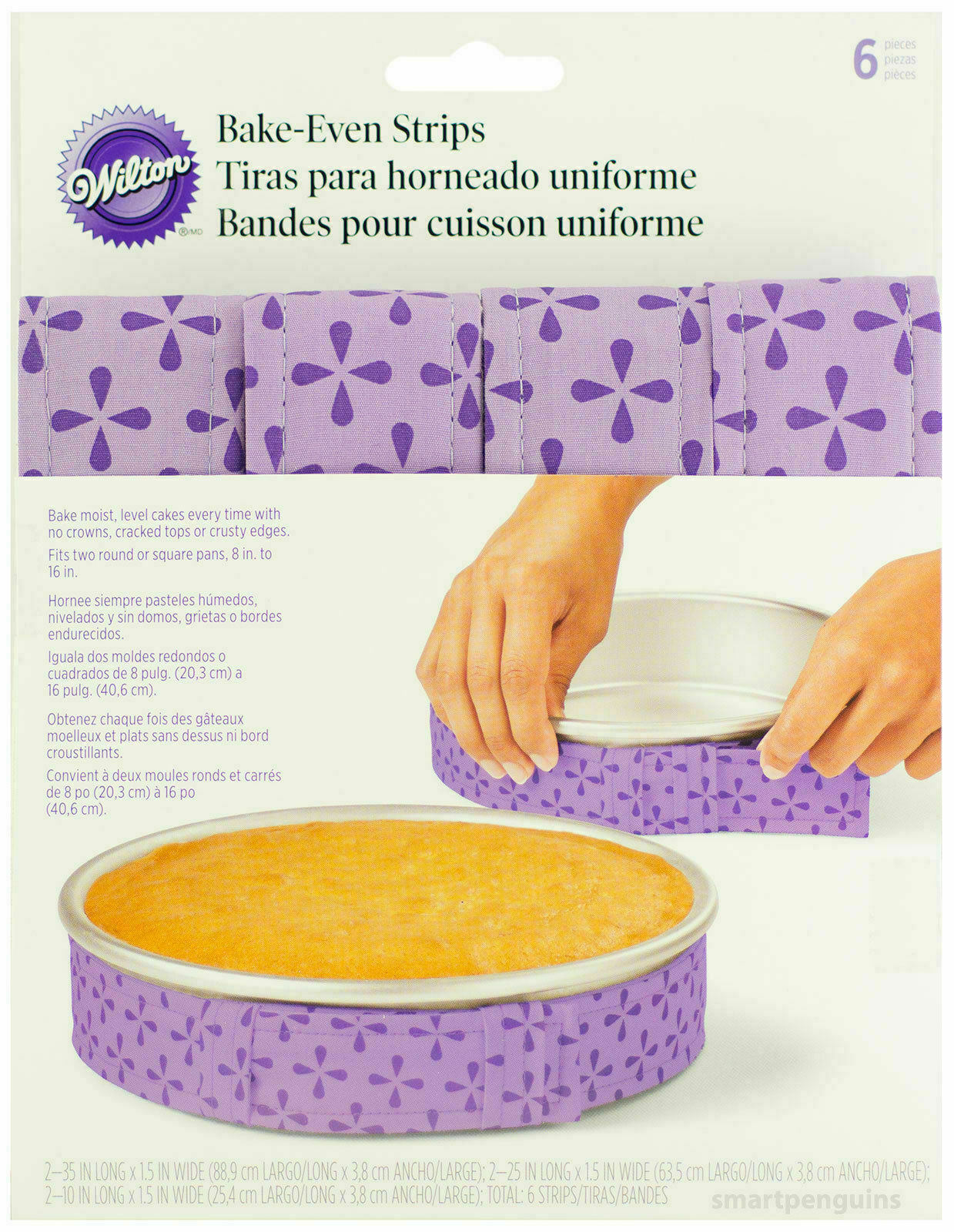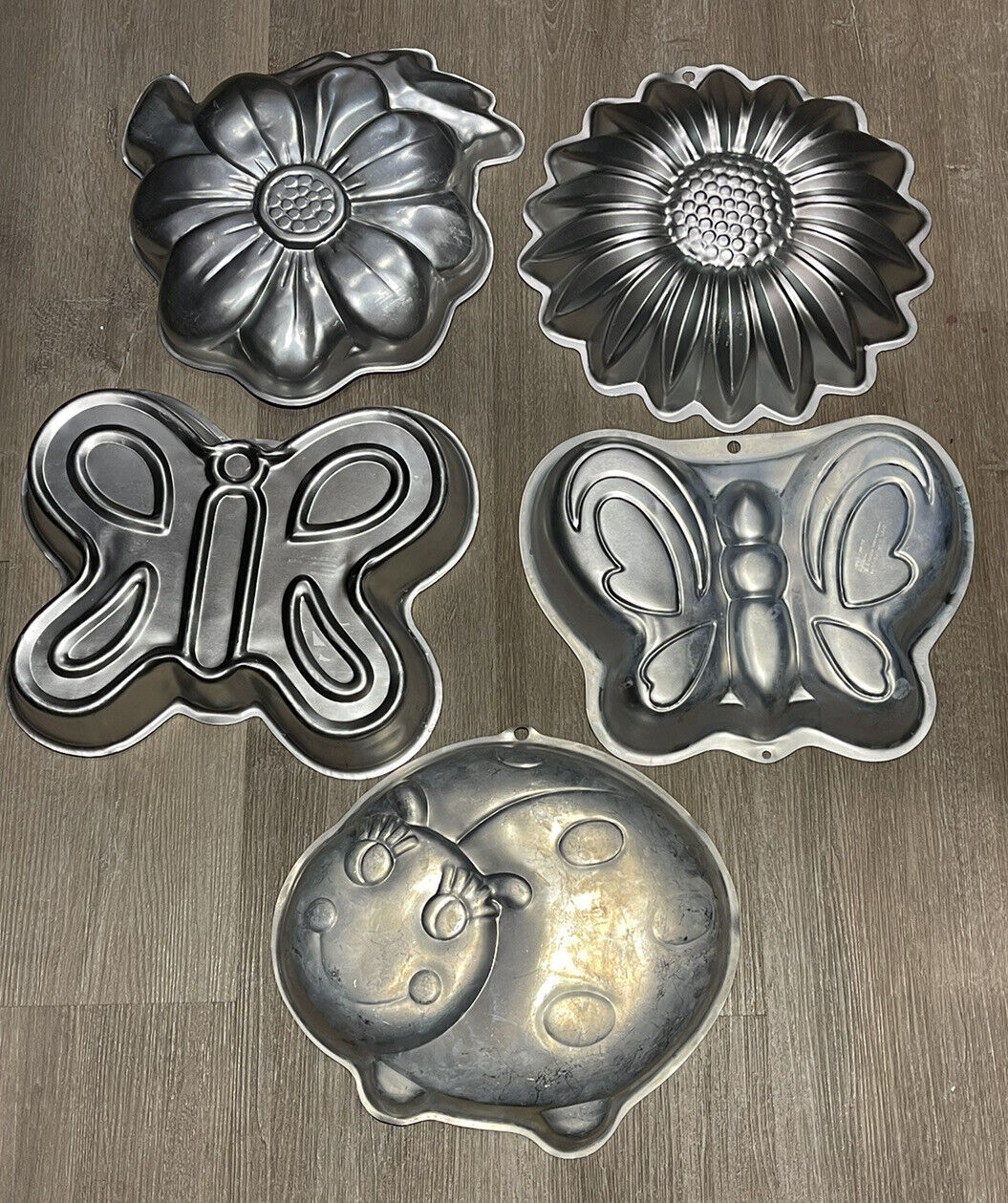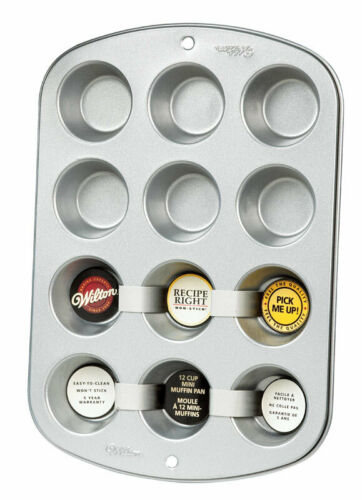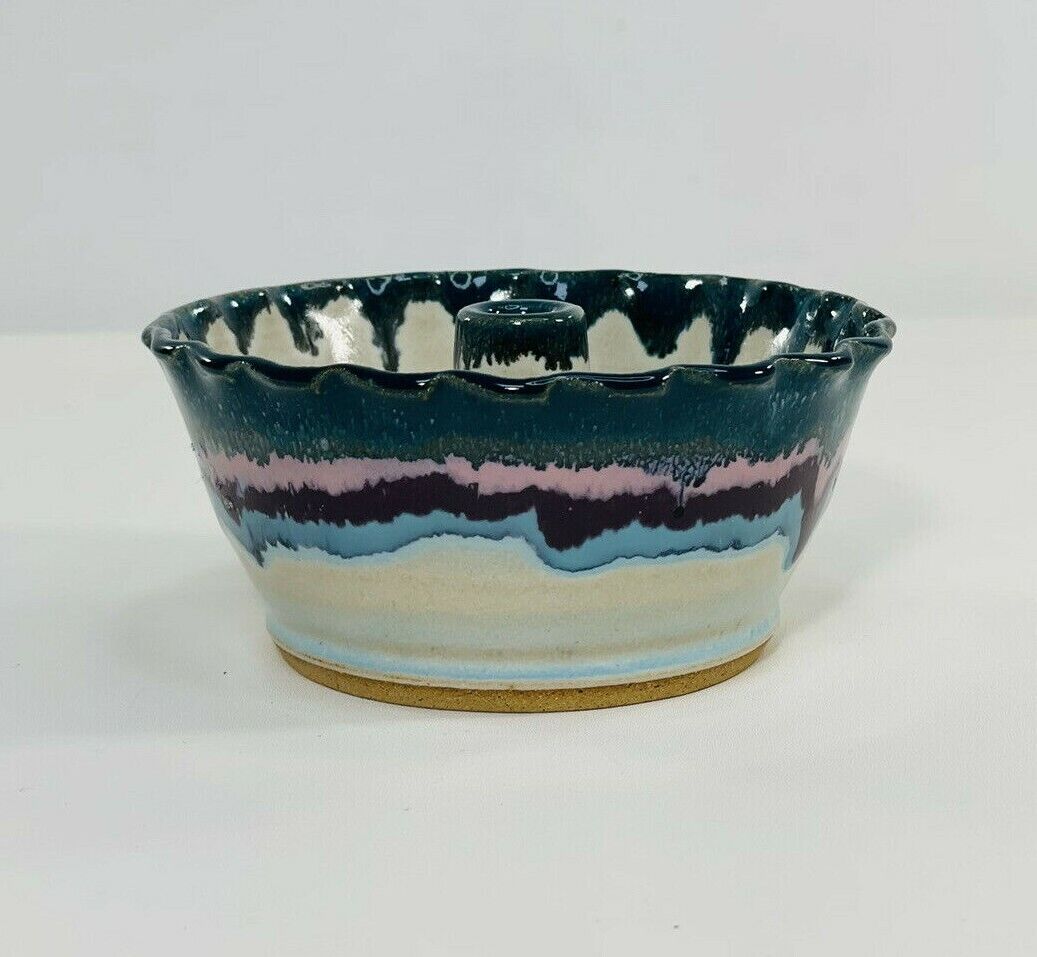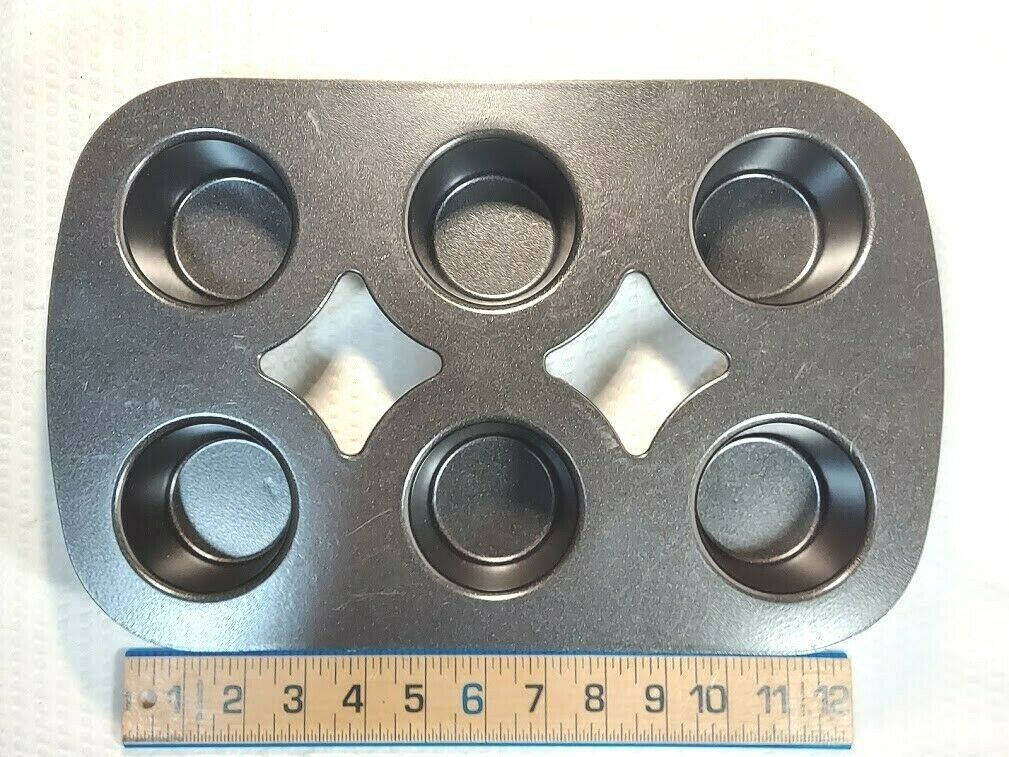-40%
Vintage 1970s Wilton 3 D Easter Lamb Sheep Cake Jello Mold Pan
$ 4.75
- Description
- Size Guide
Description
Vintage 1970s Wilton 3 D Easter Lamb Sheep Cake Jello Mold Pan. Condition is "Used". Shipped with USPS Priority Mail.I've added the instructions in case you would need them.
Preparing the Pan
Step 1:
Grease the pan
The most important step is preparing the pan. Your cake will unmold easily without sticking if you prepare the pan properly.
Grease the inside of the lamb cake mold using a pastry brush and solid vegetable shortening (do not use butter, margarine or liquid vegetable oil). Spread the shortening so all the indentations are greased well.
Step 2:
Flour the pan
Sprinkle flour inside the pan and shake, then turn the pan upside down and tap lightly to remove any excess flour. If you still have any shiny spots, touch up with more shortening and flour until every nook and cranny is well-greased and floured.
How to Bake a Lamb Cake
Step 3:
Prepare a heavy cake batter
Also important is the type of cake batter you use. Pound cake recipes and heavier cake batters work best, so make sure you keep that in mind as you plan. If you want to use a box mix, we have a
great pound cake recipe
that will turn your regular mix into a heavier batter that will work well with this aluminum cake mold. Just remember, batters that contain raisins or nuts don’t work well.
Step 4:
Pour 6 cups into the front half of the pan
Once you’ve made your batter, pour 6 full cups of batter into the front half of the pan (the side of the mold without the small vent hole). The batter should come right to the rim, almost to the point of overflowing.
Step 5:
Snap the other half of the pan in place and tie together
Snap the back half of the pan in place and tie tightly together in two places with bakers’ twine. Just in case, consider placing aluminum foil on the bottom rack of your oven to catch any batter that may seep through while baking.
Step 6:
Bake
Preheat the oven and bake at 350 degrees F for 50-60 minutes. You can check to see if it’s done by sticking a toothpick through the vent hole. If it comes out clean, you’re good to go!
Step 7:
Remove from the oven and cool
Remove from the oven and let your lamb cake cool in the pan on a cooling grid for 5 minutes. Remove the top half of the pan and cool for 5 minutes more. Replace the top pan, turn the cake over and remove the bottom pan. It may be necessary to tap the pan with the handle of a spatula to free the cake from the pan.
Step 8:
Let the cake rest
Let cake rest in the front half of pan, lying down, until cooled completely (at least 4 hours).
Step 9:
Remove the cake from the pan
Remove the cake from the lamb cake mold by placing one hand gently on the cake surface and setting the cake and pan upright on a serving platter. Carefully slip the pan top away from the cake.
If your cake stands a little unlevel, that’s OK. Just trim the bottom or prop underneath with frosting.

